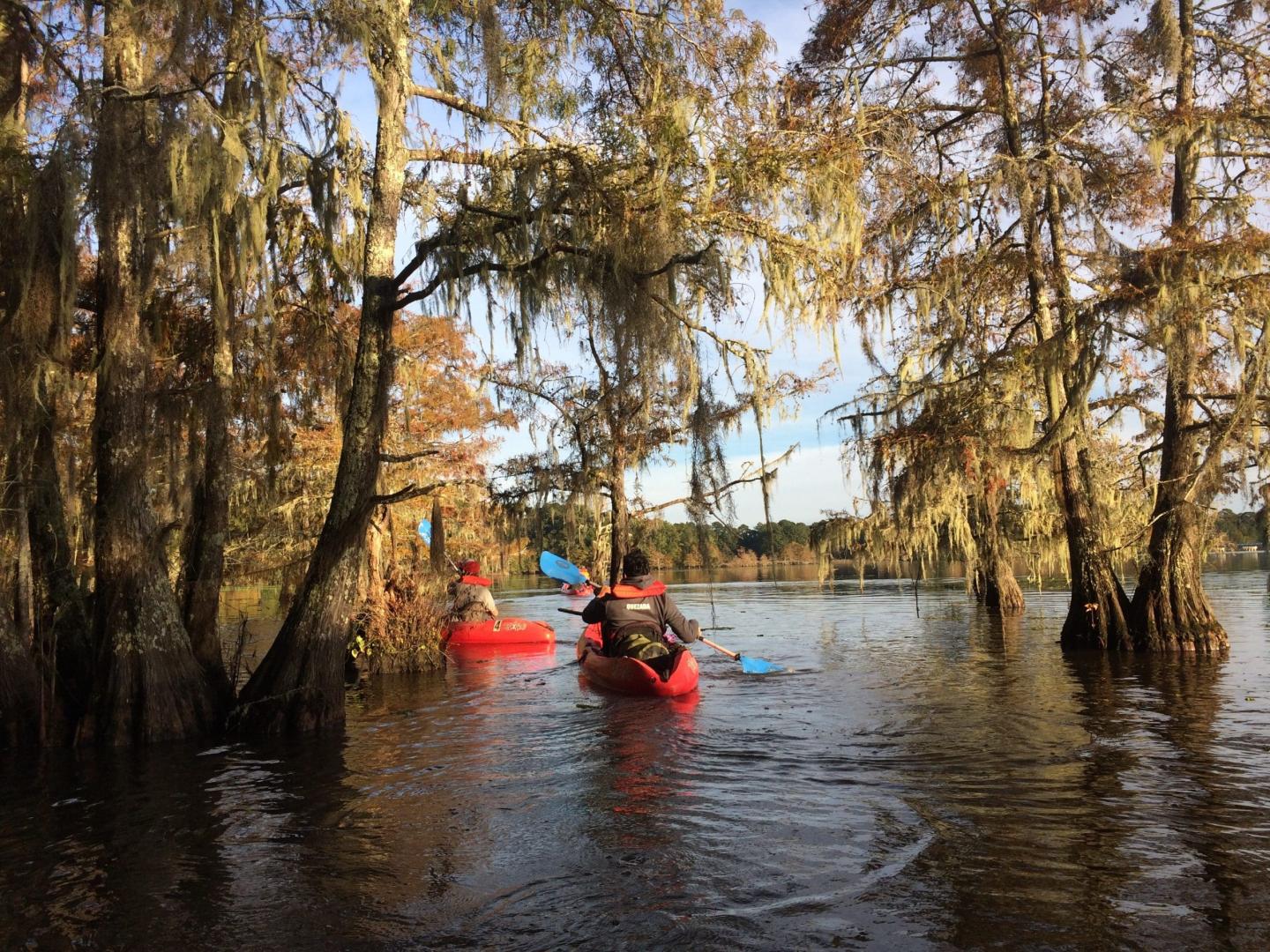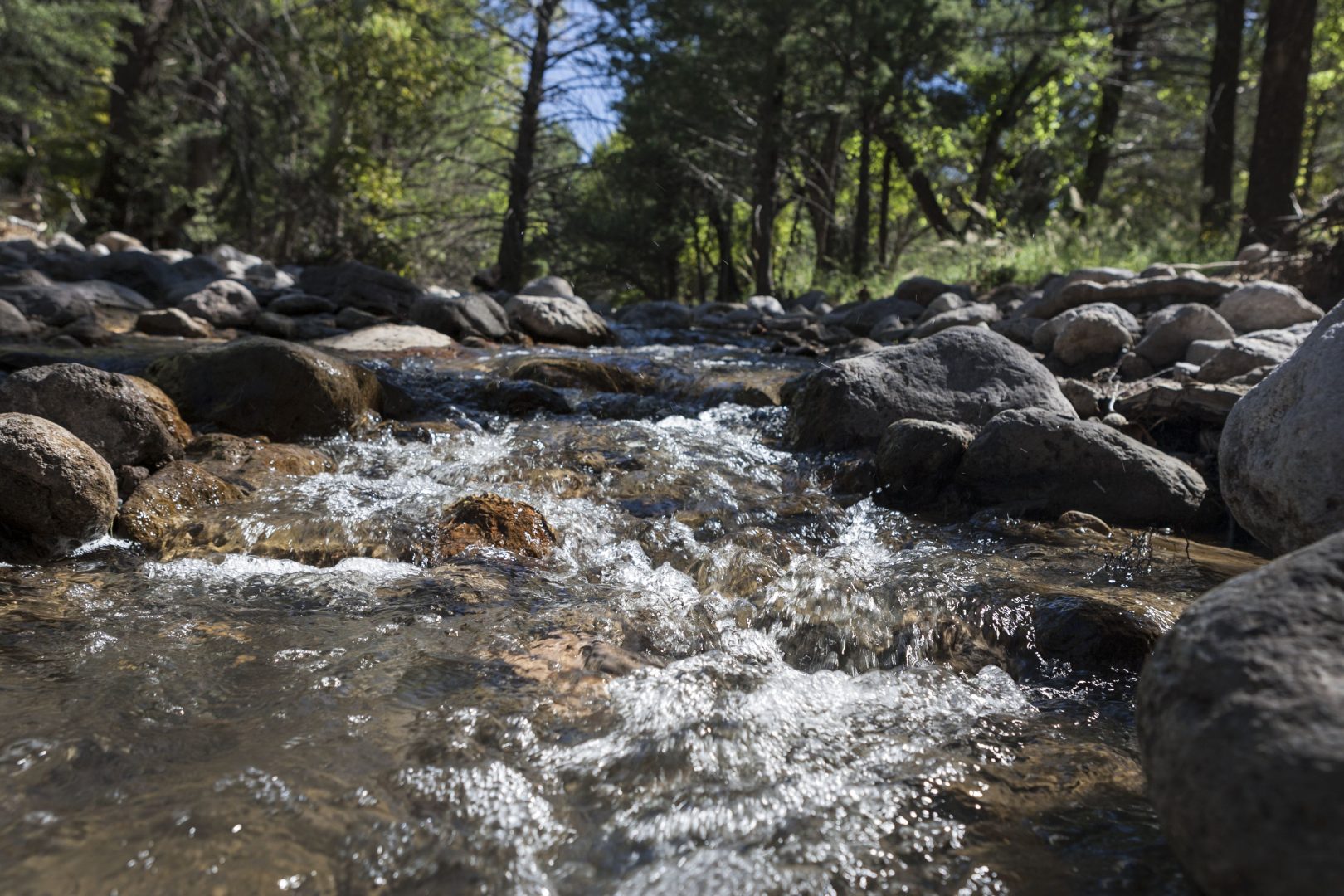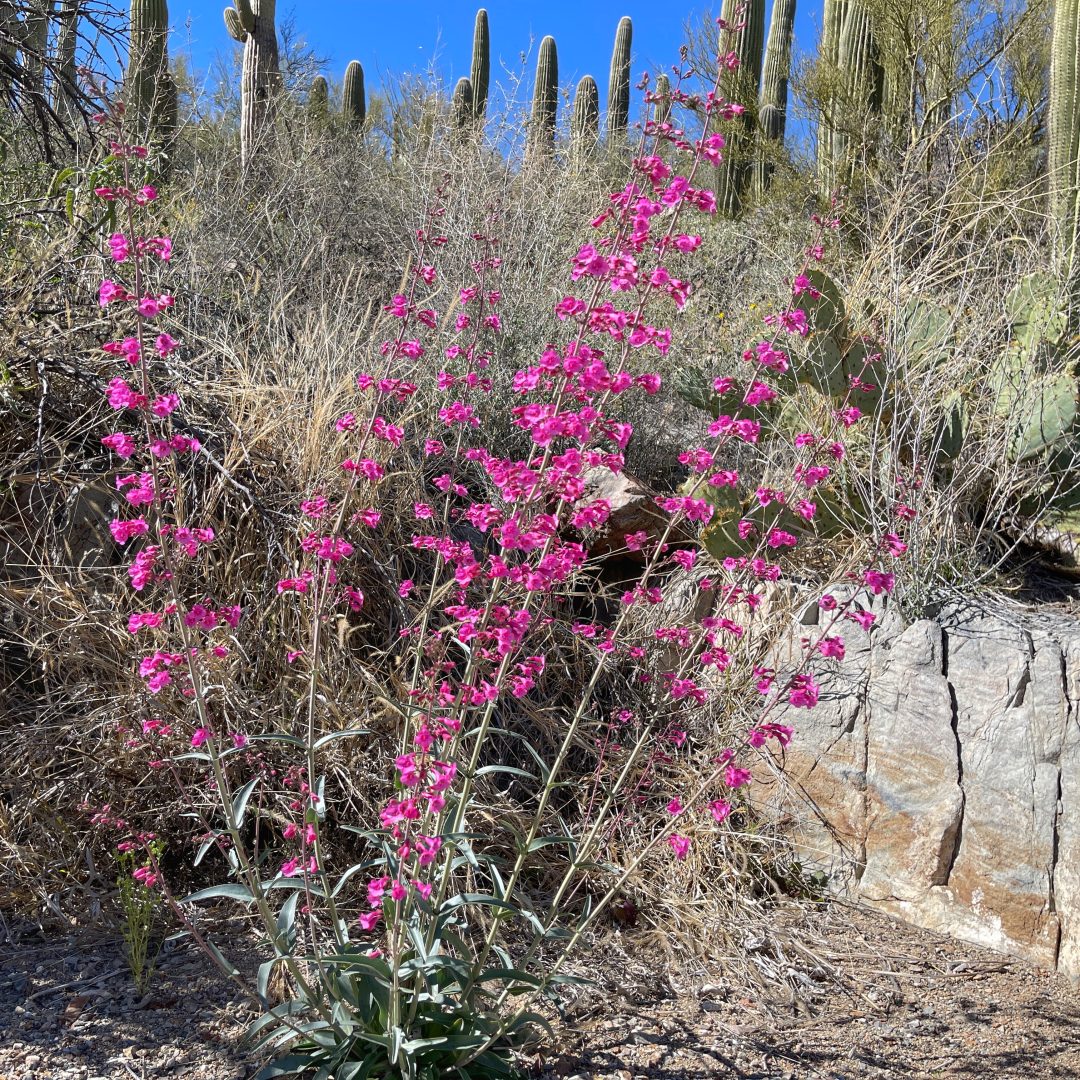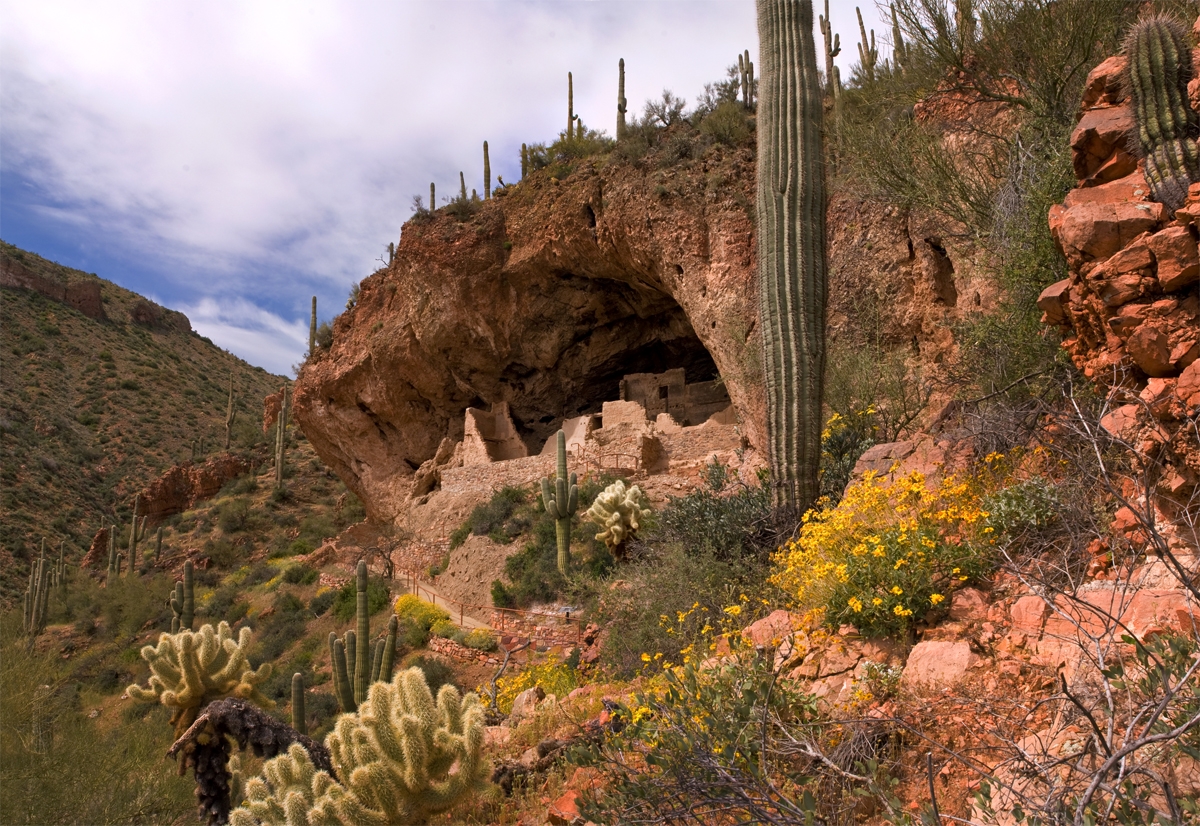
Experience the Wonder of Big Thicket National Preserve

A place like nowhere else on Earth.
by Kevin Goodwin, Interpretive Ranger at Big Thicket National Preserve
Big Thicket National Preserve is like no other place on Earth. A hallmark of extraordinary biodiversity in east and southeast Texas, the intense concentration of incredibly varied plants and animals creates a unique system of biomes, revealing natural wonders for newcomers and residents alike.Big Thicket has the southernmost and westernmost distribution of several species of trees found as far away as the northeast coast of the US.
The Nation’s First National Preserve
People come from all over the world to experience the natural wonders found in Big Thicket National Preserve. The incredible biodiversity is second to none! You can see and learn about several species of carnivorous plants, river otters and beavers in their natural habitat, and ancient waterways teeming with life. And it’s the only place in the world where you’ll find Texas trailing phlox. While you’re here, participate in inspiring ranger-led hikes and amazing paddle programs during which you’ll learn how to navigate waterways and see Big Thicket like no one else can. Big Thicket is a beloved, protected space because only 3 percent of what was once millions of acres of forest and wetlands still exists today. There are hundreds of species of amphibians, mammals, mollusks, and reptiles. Much of this biodiversity is explained by the park’s geology and geography. When you enjoy this place and tell others about it, you join the legacy of the National Park Service in helping us keep Big Thicket protected for this and future generations!

A Landscape Teeming with Life in Big Thicket
It was only very recently, in terms of geologic time, that Big Thicket was formed. In the successive ice ages of the last few million years, periods of colder temperatures producing glacial expansion were followed by periods of warmer temperatures and glacial melt. This caused the Gulf Coast of what is now Texas to change considerably over a short time as the sea levels rose and receded, leaving behind several layers of sedimentary rock. The weight of these formations eventually caused the coastal regions to shift downwards toward the sea and exposed several of these layers from east Texas down to the coast. Big Thicket is home to several distinct but interconnected ecosystems. Longleaf pine upland, arid sandyland, wetland pine savannah, beech-magnolia-loblolly, bottomland floodplain, baygall, palmetto hardwood flat, and cypress slough plant communities make this landscape teem with life.

Big Thicket: Home to Many
This land has a rich and complex cultural history, involving many peoples who made their home in Big Thicket. Originally, there were several Indigenous peoples that moved throughout the Big Thicket region as the seasons changed. They settled all over Big Thicket, using the waterways for travel and commerce. As the tools they used to hunt changed, they chose to live in a bigger family group in one area. This allowed them to farm and trade with neighboring tribes. The Caddo tribe lived in a large portion of east Texas, with one of the smaller family groups calling the Big Thicket area home. Because of conflict with the European settlers who came later, they were forced to leave their home in Big Thicket and move to the Oklahoma Territory in the 1850s. In the early 1700s the Alabama and Coushatta were two distinct tribes that made their home in the adjacent regions in Alabama. They were forced to leave their ancestral homelands and moved westward, settling in the Big Thicket region. After multiple conflicts in the area with a complex and rich history, Sam Houston, governor of Texas, granted the two tribes the first reservation in Texas in 1850 bordering the Big Thicket region.
Early European American settlers came to the Big Thicket region looking for a place to call home, bringing along their whole lives, including dogs to help them with hunting and protection. Over time, these settlers of Big Thicket became known as the “Dog People” because of their use of dogs. Even though there was difficulty living in such a natural place, food, water, and shelter were abundant, and for those select few, it became a place to call home.

A Balance of Conservation and Human Experience at Big Thicket
Big Thicket National Preserve earned its designation after years of efforts by conservation-minded organizations and public figures. After nearly a decade of proposed bills and over 50 years of pushing for a park, it was not acutally a national park that was established. Nor was it a monument, recreation area, or biological reserve. Instead, something entirely new was born: the national preserve. While a national preserve retains many of the functionalities and protections of a national park, it also allows for a certain level of resource extraction like hunting and fishing. The preserve attempts to balance the need for conservation and the people who interact with the land.

Want to show your love and support for these incredible lands?
Shop WNPA’s collection of apparel, books, collectibles, and more!

Becoming Big Thicket National Preserve
Every park is unique in its journey to becoming a national site, and the time and complexities of the process vary greatly depending on the communities the park will affect. For Big Thicket, the character of the community and the challenges that the region presented necessitated the creation of a new designation. The bill that President Gerald Ford would ultimately sign came after many years of compromise. Industry leaders, locals who used the land recreationally and professionally, conservationists, and the political climate all contributed to the tensions.
The creation of America’s first national preserve also opened the doors for other places in the US facing similar tensions to usher in a park as well. Today, there are 19 national preserves across the country. Conservation is not a one-size-fits-all model and with unique designations like “national preserve,” the differentiating challenges of communities can be more intrinsically accounted for in federal conservation efforts.

Join the Celebration
With a long and storied past, Big Thicket is now celebrating 50 years as a federally protected national preserve. Big Thicket staff and volunteers invite the public to join the celebration on October 12 from 10 AM to 4 PM at the visitor center. There will be a presentation by Dr. Ben Morris of Stephen F. Austin State University, a soft opening of a new trail near the visitor center with rangers along the trail to answer questions, partner organization booths, and cultural demonstrations by Indigenous tribes associated with Big Thicket. Free lunch will be provided by the Big Thicket Association. Join us as we celebrate this truly amazing and unique national park.
Come visit Big Thicket National Preserve to discover the natural wonders and significant ecological and cultural history preserved there.
Written by Kevin Goodwin, Interpretive Ranger at Big Thicket National Preserve.

Want to help preserve these significant lands for generations? Your donation supports kids’ programs, research, Indigenous artists’ demonstrations, and more!






